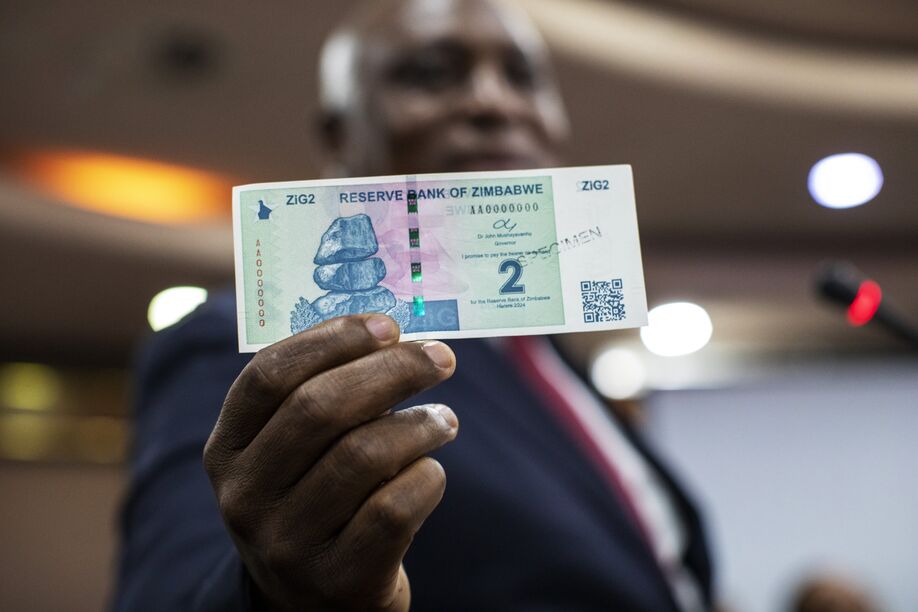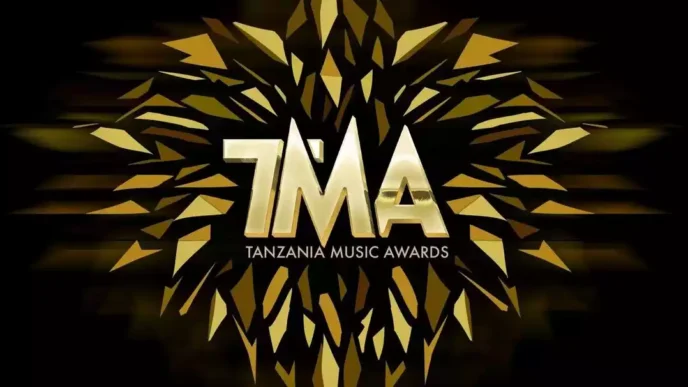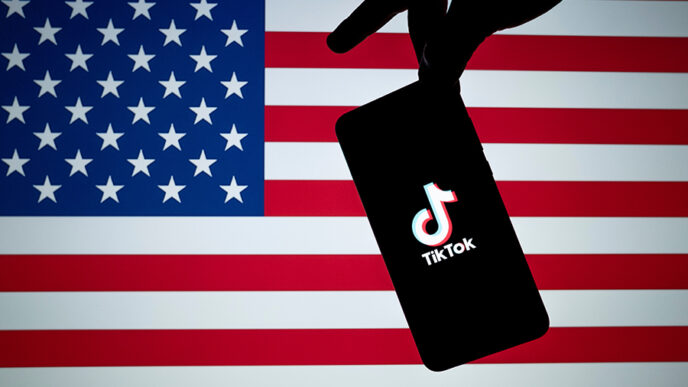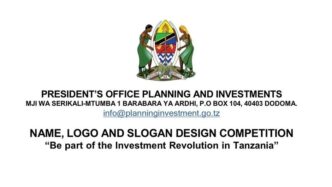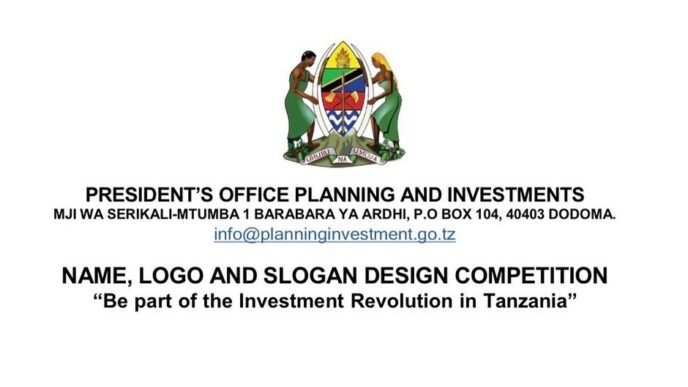In a bold move to combat inflation and revive the economy, Zimbabwe has introduced a brand new currency: the ZiG. Short for “Zimbabwe Gold,” the ZiG is backed by a combination of the country’s gold reserves and foreign currency. This marks Zimbabwe’s sixth attempt at currency reform in recent years, and many are watching closely to see if the ZiG can finally bring stability.
TABLE OF CONTENTS
Why the Change?
Zimbabwe’s previous currency, the Zimbabwean dollar, had suffered from hyperinflation, rendering it practically useless for everyday transactions. The government hopes that the ZiG, backed by valuable assets, will inspire trust and encourage people to save and spend again.
Gold Standard: A Return to Tradition?
The concept of a gold-backed currency harks back to a time of greater economic stability. By tying the ZiG’s value to gold, the Zimbabwean government aims to prevent excessive money printing, a key factor in the previous currency’s collapse.
Challenges on the Horizon
While the introduction of the ZiG is a positive step, challenges remain. Successfully transitioning from the old currency and ensuring adequate ZiG circulation are crucial. Building public confidence and attracting foreign investment will also be essential for the ZiG’s long-term success.
The World Watches
The launch of the ZiG is a significant development for Zimbabwe and is being watched with interest by the international community. If successful, it could be a model for other nations struggling with economic instability.
The governor said the banking sector and Payment Systems Providers had by Saturday made satisfactory progress towards converting Zimbabwean dollar balances to ZiG balances since the announcement of the MPS the previous day.
What are your thoughts on Zimbabwe’s new currency? Share your comments below!

